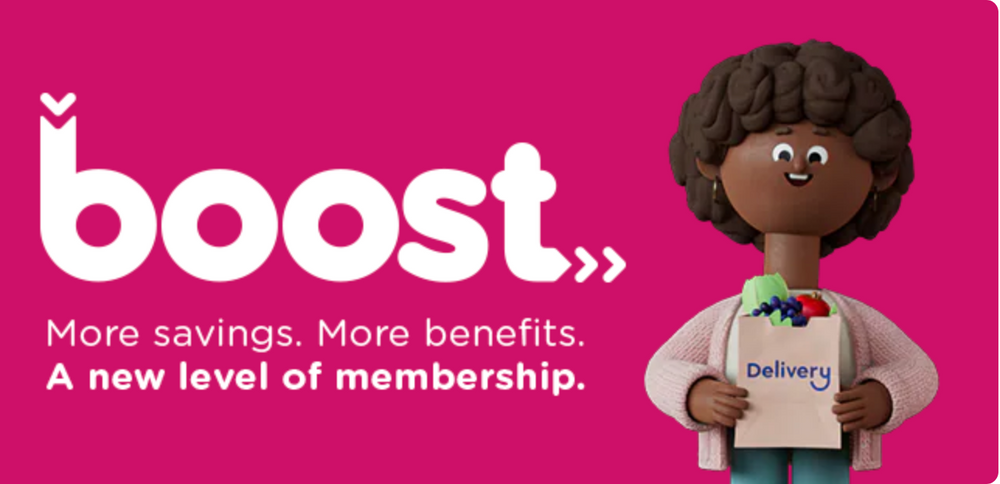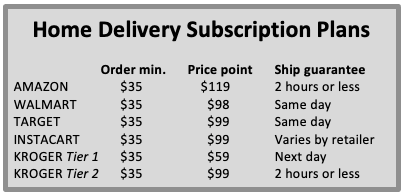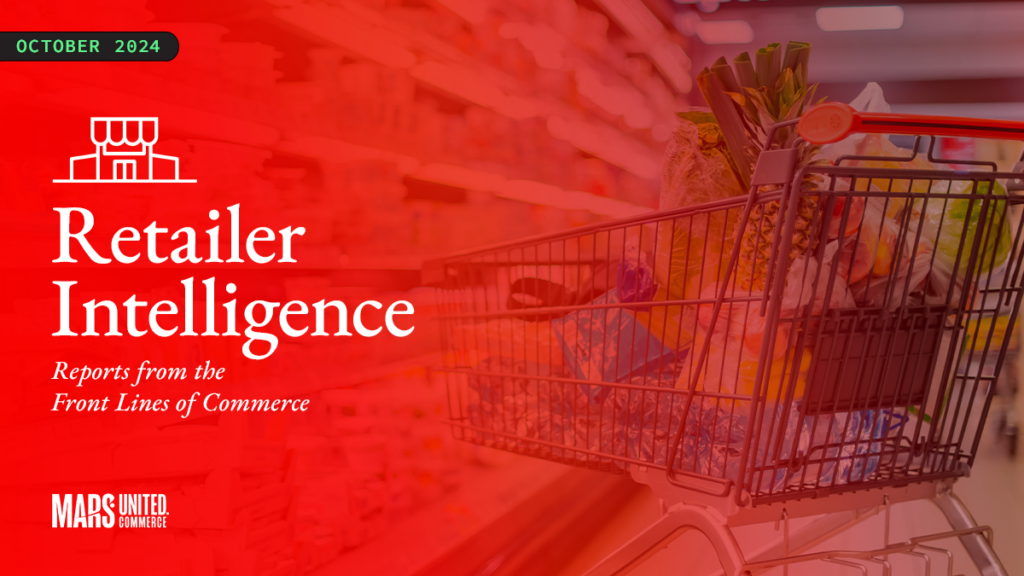By John Willkom, SVP, eCommerce, The Mars Agency

Kroger, the country’s leading grocery retailer, announced two huge moves last week that have the industry buzzing.
First, a partnership with Bed Bath & Beyond will sell home and baby products in a phased three-step approach, with goods landing in select Kroger stores as early as December. Starting in early 2022, products will become available online through kroger.com. Similar to the playbook employed by Ulta and Target, Kroger will look to launch “mini-stores” within its physical locations to complete the strategy.
In addition, Kroger has announced a new grocery delivery program called Boost. With Boost, consumers will get free delivery on $35+ orders and double fuel points. The real kicker? Kroger is offering a tiered pricing model where, for $59 per year, members receive free next-day delivery — and for $99/year, their groceries will be delivered in 2 hours or less.
This is all part of Kroger’s broader strategy to double ecommerce sales by the end of 2023. In Q2 sales reported in September, Kroger’s digital sales were down 13% vs. the previous year. When compared to Q2 2019, however, two-year sales growth was 114%. Kroger is betting big on digital, and these recent moves check two major boxes.

“So what does that mean for me?” you may be asking. If we directly compare grocery delivery platforms, every service requires a $35 minimum. But Kroger is the first to offer tiered pricing, with Walmart, Target, Instacart and Amazon offering a single price point (see chart at right).
Where this gets really interesting is around fuel. Target, Instacart, and Amazon obviously don’t have gas stations, so Kroger is leveraging this asset to go head to head with Walmart. Kroger’s Boost offers 2x fuel points, with every 100 points worth a $0.10 discount. Normally, every dollar you spend with Kroger nets one fuel point, so a $100 purchase with Kroger Boost would mean 200 fuel points or $0.20 off/gallon. Walmart offers $0.05 off/gallon as part of its Walmart+ program. If a shopper spends $100/week on groceries x 4 weeks/month, that’s $400/month. Assuming they also purchase 15 gallons of gas each week = 60 gallons/month, this person would save $12/month on Kroger gasoline vs. $3/month at Walmart!
We love the added value being offered here, but recognize that Kroger is playing a bit of catch-up. According to Statista, Amazon has 147 million Prime members in the US. Walmart+ recently claimed 32 million members, with Instacart’s total around 9.6 million. While the pie is huge, we’ll learn a lot about consumers in the next few months, as they’ll ultimately decide what they need, where the value is, and whether this is a zero sum game.
Kroger, to its credit, is opening up a revenue box that goes in many directions. If they can monetize subscriptions, monetize online purchases, sell ads on both product pages and Boost pages, sell you gas, convince you to enter the store for those two things you forget to order online, and then target you with email/app offers through your subscription, they are building a cash machine, even if it comes at lower margins.
As any subscription business knows, user acquisition is hard, and it’s expensive. Kroger guided to 2021 year over year growth of -1.0 to -1.5% in same store sales. If it can get Boost going, though, 2022 could be a transformative year for the company.
About the Author

John Willkom is Head of Ecommerce at The Mars Agency, where he helps brands win in the ever-changing world of connected commerce. John has a passion for brand building and discovering “what’s next,” is an avid sports fan and accomplished author, having penned the Amazon best-selling book, Walk-On Warrior, in 2018. He and his wife, Allison, have two daughters and call Minneapolis home.



